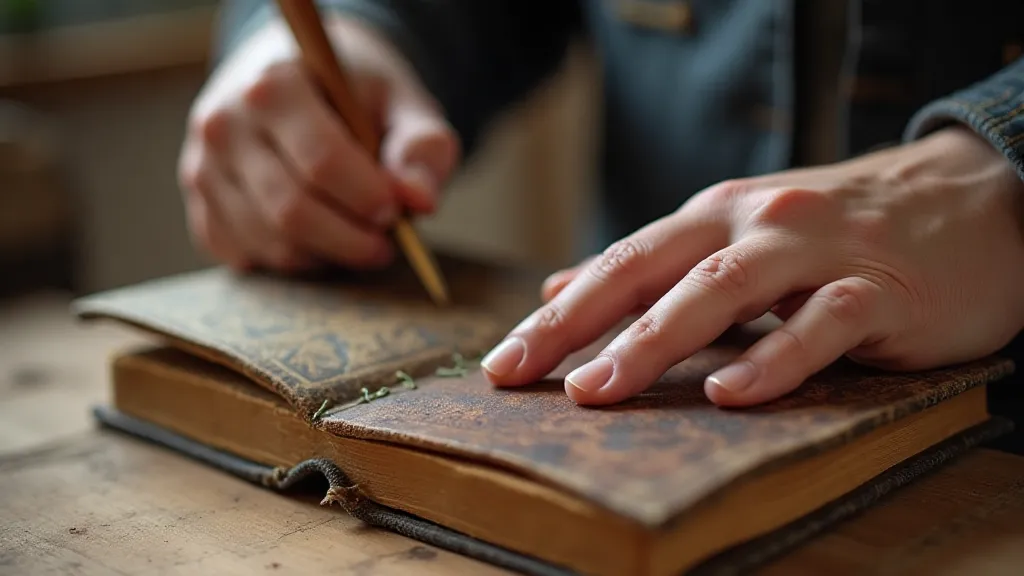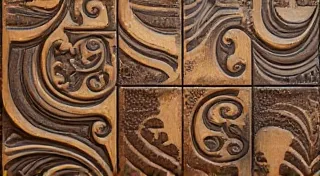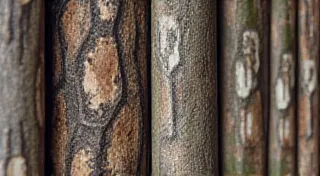From Hide to Heritage: Ethical Sourcing in Contemporary Leather Bookbinding
There’s a particular scent that clings to old things – a blend of dust, time, and memory. For me, it's especially pronounced with antique accordions. The leather bellows, cracked and worn, but still hinting at the vibrant music they once produced, tell a story. A story of hands that crafted them, of music that flowed from them, and of a legacy enduring through decades. That same appreciation for heritage, for the tangible echoes of the past, informs my approach to leather bookbinding. But increasingly, it’s not just about respecting the finished product; it’s about honoring the journey of the leather itself – from hide to heritage.
The Weight of Tradition, The Responsibility of Choice
Leather has been intrinsically linked to bookbinding for centuries. From the sturdy covers of medieval manuscripts to the elegantly bound volumes of Victorian novels, leather provided protection, longevity, and an undeniable air of prestige. Think of the ornate tooling, the intricate blind stamping, the gold leaf that shimmered under candlelight. These weren’t mere decorations; they were marks of skill, investment, and a deep respect for the knowledge contained within.
However, the modern world has brought a critical awareness to the origins of the materials we use. The leather industry, as it exists today, has a complex and often problematic history. Issues surrounding animal welfare, deforestation associated with raising livestock, and the environmental impact of tanning processes demand careful consideration. Simply dismissing these concerns is to disregard the lessons of the past and to betray the legacy of the craftspeople who came before us. Choosing to bind with leather is a commitment, and that commitment extends to the source of that material.
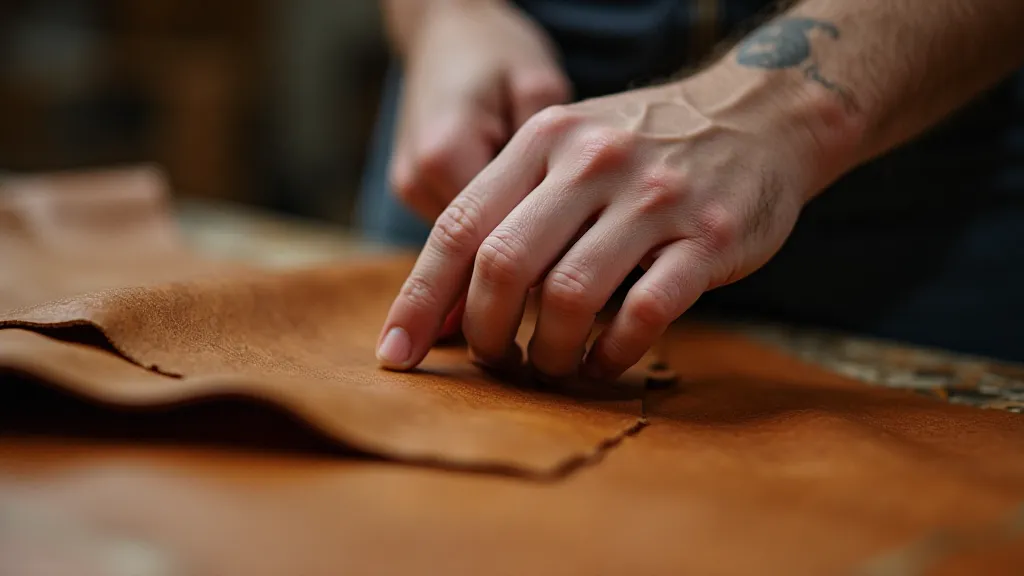
Understanding Leather Grades and Origins
Not all leather is created equal. The term "leather" encompasses a vast range, from the cheapest split leather to the luxurious full-grain hides prized by bookbinders. Full-grain leather, taken from the top layer of the hide, retains the natural grain and imperfections, lending it strength and character. It's what you want for bookbinding, but it also typically comes at a higher price and requires a more conscious sourcing decision.
Beyond the grade, the origin of the leather matters significantly. Traditionally, vegetable-tanned leather was the standard for bookbinding, valued for its durability and aesthetic qualities. The history of leatherworking is long and varied, and exploring Binding Time: A Chronology of Leatherworking Traditions in Book Arts can offer invaluable insights into the evolution of these practices. Vegetable tanning utilizes natural tannins from plants like oak bark, a process that is significantly less environmentally damaging than chrome tanning, which relies on harsh chemicals. However, even within vegetable tanning, there are variations. Look for leather sourced from farms committed to humane animal husbandry and sustainable land management. Suppliers who are transparent about their tanning processes – disclosing the type of tannins used and the water treatment facilities in place – are a good sign.
The Rise of Responsible Suppliers
Thankfully, the bookbinding community is increasingly embracing ethical sourcing. A number of suppliers are now specializing in providing sustainably sourced leather, often offering detailed information about their farms and tanneries. They may work directly with small-scale farmers who prioritize animal welfare and employ traditional, low-impact tanning methods.
These suppliers aren’t just offering a product; they’re offering a philosophy. They understand that the integrity of the finished bookbinding is intrinsically linked to the integrity of the material used. Supporting these suppliers isn’t just good for the environment and animal welfare; it’s an investment in the future of the craft. It’s a statement that says we value more than just the aesthetics; we value the entire process. Understanding the nuances of paper choices and their impact on a binding's longevity is also crucial, and resources like The Weight of Paper: Considering the Impact of Paper Choice on Binding Durability can prove invaluable in this respect.
Beyond the Material: Parchment Paper and Conservation
The discussion about ethical sourcing doesn't stop with the leather cover. The materials used within the book – the paper, the thread, the adhesives – all contribute to the overall environmental impact. Consider using recycled or acid-free paper. Experiment with natural sizing agents as alternatives to synthetic ones. Every small choice adds up. The methods used to ensure a binding lasts for generations is a critical aspect of ethical practice, and techniques for preserving legacy through archival bookbinding are worth exploring.
This mindful approach also extends to the conservation of existing books. When restoring a damaged leather binding, the choice of replacement leather is paramount. Ideally, it should be sympathetic to the original – matching the color, grain, and tanning method as closely as possible. It’s about preserving not just the physical object but also the historical narrative it embodies. This often involves extensive research into the original materials and techniques.
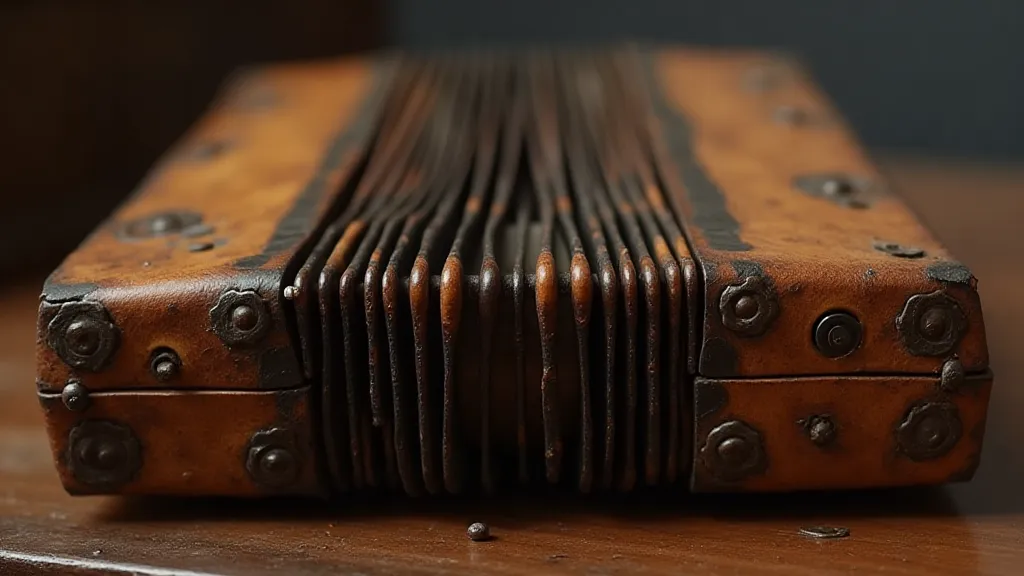
Deep Dive into Tanning Processes & Environmental Considerations
Chrome tanning, while offering certain advantages in terms of speed and uniformity, leaves a significant environmental footprint. The chemicals used can contaminate water sources if not properly managed, and the process often relies on energy-intensive operations. The impact on ecosystems and the potential health risks associated with these processes are increasingly prompting a shift towards more sustainable alternatives.
Vegetable tanning, on the other hand, uses tannins found in plant matter, like bark, wood, and leaves. The process is much slower, typically taking several weeks or even months, but it results in a leather that is naturally more supple and ages gracefully. While vegetable tanning isn't without its own challenges – requiring large quantities of water and potentially impacting forests if not managed sustainably – it's generally considered a more environmentally responsible choice.
Beyond the tanning method, other factors contribute to the overall sustainability of leather production. These include the farming practices used to raise the animals, the energy used in the tanning process, and the water management systems in place. Responsible suppliers are transparent about these practices and are committed to minimizing their environmental impact.
The Craftsmanship Connection: A Personal Reflection
I remember my grandfather, a meticulous repairman, painstakingly restoring a family Bible. He would speak of the ‘soul’ of the materials, the spirit of the people who made them. He wouldn't buy just any replacement leather; he’s search for something that felt right, something that echoed the original in its feel and character. He always said, “The quality of the materials shines through in the final product.” He would often discuss the history of the craft, referencing older techniques and the importance of understanding the traditions that shaped his profession.
His words resonated with me then, and they resonate with me now. In the age of mass production and disposable goods, the deliberate act of choosing ethically sourced materials is a form of resistance. It’s a commitment to quality, to sustainability, and to the enduring legacy of craftsmanship. It’s a way of honoring the past while shaping a more responsible future for our craft.
The Importance of Natural Dyes & Aesthetic Considerations
The color of leather is another area where ethical considerations come into play. Many commercially produced leathers are dyed with synthetic dyes that can contain harmful chemicals. Natural dyes, derived from plants, insects, or minerals, offer a more sustainable alternative. While natural dyes may not produce the same level of colorfastness as synthetic dyes, they offer a unique aesthetic and a reduced environmental impact. Exploring the nuances of traditional coloration techniques is crucial for those seeking to create truly sustainable and beautiful bookbindings.
Small Steps, Significant Impact
The transition to ethically sourced leather might seem daunting, but it’s a journey best undertaken one step at a time. Start by researching suppliers. Ask questions about their practices. Experiment with different grades and types of leather. Share your knowledge and experiences with others in the bookbinding community. Consider the aesthetic impact of your choices as well – the color, the grain, the overall feel of the finished product. Remember that every decision, no matter how small, contributes to the larger picture.
We are all custodians of a rich and vital heritage. By embracing ethical sourcing, we can ensure that this heritage continues to inspire and endure, not just for ourselves, but for generations to come. The scent of old leather is a beautiful thing, and we have a responsibility to ensure that the story behind that scent is one we can be proud of.
